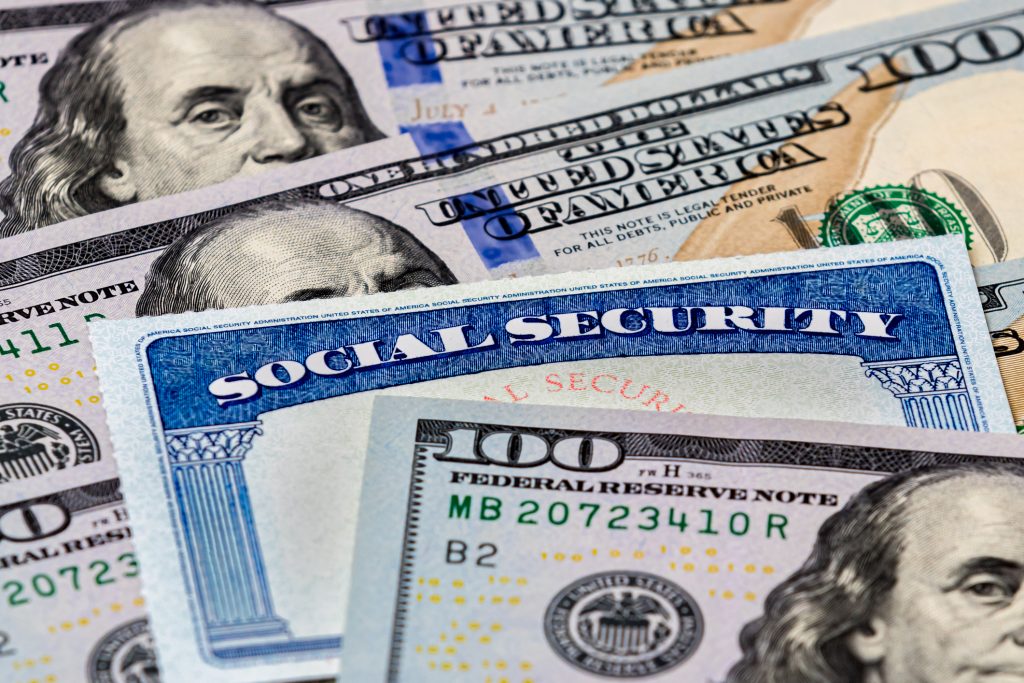One of the best things about 401(k)s is their high annual contribution limits. You can set aside up to $23,000 in 2024 or $30,500 if you’re 50 or older. Those limits will rise in future years due to inflation adjustments. Because of this, it’s possible to save $1 million or more in a 401(k).
The more difficult part is actually pulling it off. Most people can’t afford to max out their 401(k)s, and some can’t even make regular contributions to their accounts. But you can increase your odds of becoming a 401(k) millionaire by taking the following three steps before 2025.

Image source: Getty Images.
1. Claim as much of your 2024 401(k) match as possible
Your 401(k) match is extra money you can put toward your retirement savings, but you must usually make personal contributions to your 401(k) to get it. Dec. 31 is the deadline for 2024 401(k) contributions, so you’ll have to act fast if you have any match left unclaimed.
Talk to your company’s HR department or your 401(k) plan administrator if you’re unsure how much you’ve already contributed to your 401(k) this year or how much you need to contribute to get the full match. Then, divide the total amount left by the number of pay periods remaining in the year. Aim to set aside as much as possible before 2025 to claim this extra cash.
There’s one caveat for those who haven’t been with their employer long and plan to leave their job soon. There’s a chance you’re not fully vested in the plan, which means you could forfeit some or all of your 401(k) match when you leave the company. In this case, you might prefer to stash any extra savings you have in an IRA instead. This gives you greater control over your investments and how much you pay in fees.
2. Look for opportunities to reduce your fees
Speaking of fees, they can eat into your profits, so you want to pay as little as possible. You won’t have much say in the administrative fees your plan charges, but you can exercise some control over your investment fees.
Often, you’ll be investing in funds — bundles of investments you buy as a package — that have an expense ratio. This is an annual fee you pay to the fund manager listed as a percentage of your assets. For example, if you have a 1% expense ratio, you pay $1 to the fund manager per year for every $100 you have invested in the fund.
You can learn more about your fund’s investment fees by reviewing your prospectus. Whenever possible, you want to keep this at or under 1%.
If you’re paying more than you’d like to, see if you can move at least some of your money to more affordable investments. For example, you might switch from a target-date fund with a 0.5% fee to a low-cost index exchange-traded fund (ETF) with a 0.03% ratio. That will save you $47 for every $10,000 you have invested in the fund each year.
3. Plan your strategy for 2025
Now’s also a good time to look ahead to 2025 and plan your retirement savings strategy. Putting money in your 401(k) first makes sense if you qualify for a match. Making regular contributions all year increases your odds of claiming your full match.
You should also weigh the pros and cons of a traditional 401(k) vs. a Roth 401(k) if you have access to both. Traditional 401(k)s give you an upfront tax break, which can be valuable if you’re in a high tax bracket today. Roth 401(k)s require you to pay taxes on your contributions this year, but then you’re allowed to withdraw your funds tax-free, so they’re a better fit if you expect your tax bracket to remain the same or drop.
Just keep in mind that your employer matches may still be tax-deferred, even if you contribute to a Roth 401(k). Also, your total 401(k) contributions for the year cannot exceed the annual contribution limit. This is $23,000 for adults under 50 in 2024 and $30,500 for adults 50 and up. These limits could be slightly higher next year, but the IRS hasn’t yet announced the rules for 2025.
As we head into next year, you may need to adapt your retirement savings strategy, especially if you experience a job change. But aim to make regular contributions whenever you can and update your retirement plan accordingly to help keep yourself on track.
The $22,924 Social Security bonus most retirees completely overlook
If you’re like most Americans, you’re a few years (or more) behind on your retirement savings. But a handful of little-known “Social Security secrets” could help ensure a boost in your retirement income. For example: one easy trick could pay you as much as $22,924 more… each year! Once you learn how to maximize your Social Security benefits, we think you could retire confidently with the peace of mind we’re all after. Simply click here to discover how to learn more about these strategies.
View the “Social Security secrets” »
The Motley Fool has a disclosure policy.
 benzinga.com
benzinga.com fool.com
fool.com



